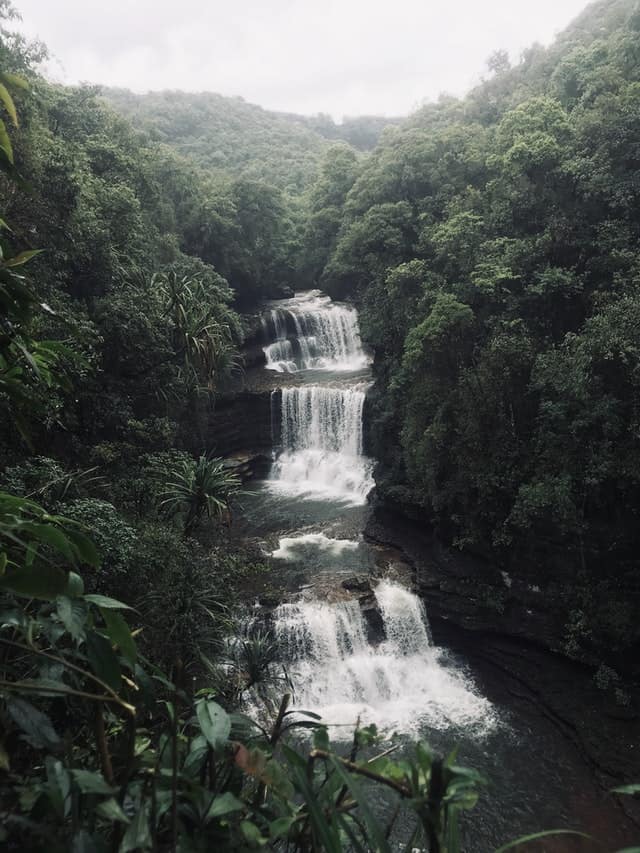an empire as old as the world
Barrachites believe the gods created the mortal world as a proving ground and teaching tool. No soul is ready to join the gods in the afterlife until its owner understands the role they’re meant to play, whether it be pursuing a craft or raising a family; living life to the utmost isn’t just their overriding cultural philosophy but a tenet of their faith. It bears mentioning in the context of this map because ancient Barrachites realized early on that what they were good at was war. And so, they saw their purpose.

a sense of destiny
The empire began in the jungle south, when the city-state now known as Rai Selu turned an acquisitive eye on its neighbors, other city-states racially and culturally similar to their conquerors. Over centuries, their reach spread into further-flung regions, engulfing very different peoples. For two thousand years, their emperors expanded tirelessly, always eager for new territory, always ready to put rebels in chains and ship them to more stable areas.
But then the magic went away. How and why has been lost to history. In the thousand years since, Barracheh’s emperors have mutated from warlords to figureheads, moldering in an antique palace while the world moves on without them. Their civilization continues to thrive; those who were once defeated now regard themselves as one people and take pride in Barracheh’s martial heritage.
They may not be those people anymore, however. Who they become remains to be seen. It may be the last two people born of the emperors’ bloodthirsty tradition will have a say, assuming they’re not too busy feuding with each other.
highlights on the tour
You’ll notice much of the country is covered in jungle. People from other regions often regard the woodland with horror, but still it holds cultural significance to them. It’s the birthplace of their civilization. Even Barrachites whose ancestry owes entirely to other regions consider themselves descendants, not only of the place where they were born, but the jungle city-states.
Near the middle of the map, you’ll see the Hacan Lecla, a small desert lying at the empire’s heart. Excepting the south, the modern provinces coincide fairly neatly with the territories claimed by ancient ethnic groups before the empire expanded over them. The Sulamari were a series of interrelated kingdoms; in Ranemras, tribes of horse-warriors were locked in perpetual dispute. The people who now think of themselves as Borosanan began as a small but rich civilization in the desert.
As for why there are pyramids all over the map… you’ll have to read the books.
what lies beyond
At the center of the landmass lies the Elandosa. This vast desert is home to the Choti, a nomadic people who make a living shepherding caravans between Barracheh and the far west. North of the desert lies the Tanengol, a grassland as harsh as it is expansive. Deshetes is not one country but a series of princedoms clinging to the rocky, arid margin between mountains and coast.
The Vardecian Isles are famed for their universities. Scholars often funded by deep pockets in Barracheh push the bounds of humanity’s understanding while a coalition of tiny island fiefdoms pay tribute to the mighty civilization next door and try not to rock the boat. It’s worse in the Northlands; these kingdoms are infants in the region, neither populous nor wealthy, but lately interests in Barracheh have started meddling. They have one resource the empire doesn’t: magic.
As for what lies to the east, on the far side of that ocean, it would ruin all the fun if I explained. But I’ll give you a look at The Other Empire anyway.


Comments are closed